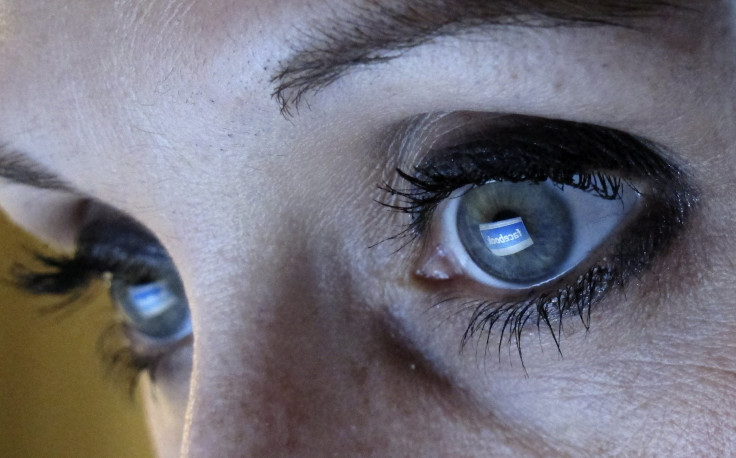Coronavirus Could Spread Through Eyes Of Infected Individuals, Says Study

KEY POINTS
- Coronavirus is believed to be transmitted from an infected person’s cough or sneeze
- ACE2 protein and TMPRSS2 enzyme are responsible for the viral entry into the host cells
- This also explains why COVID-19 experience conjunctivitis symptoms
Being a respiratory infection, COVID-19 is primarily contracted via droplets suspended in aerosol particles or from viral debris emitted from cough, sneeze, or speech of an infected individual. But a new study pointed out that the SARS-CoV-2 virus can also be transmitted through the eyes and that the infection is about 100 times more infectious than the SARS.
Conjunctival signs and symptoms were observed in some COVID-19 patients and the coronavirus has been detected in tears. This has raised concerns regarding the eye both as a portal of entry and the carrier of the coronavirus. Thus, the researchers at the John Hopkins University School of Medicine, Baltimore sought to determine whether ocular surface cells pose the key factors needed for cellular susceptibility to SARS-CoV-2 entry or infection.
The findings of the study revolve around key proteins, particularly an agent found in the lungs, respiratory tract cornea as well as eyelids of the infected people- ACE-2 and an enzyme known as TMPRSS2.
Viruses including the deadly novel coronavirus rely on protein molecules to inject their genetic material into the host cells. Thereby, these proteins are the most determinative elements of transmission. viral spikes also rely on certain enzymes in order to enable RNA reproduction.
“Across all eye specimens, immunohistochemical analysis revealed expression of ACE2 in the conjunctiva, limbus, and cornea, with especially prominent staining in the superficial conjunctival and corneal epithelial surface. Surgical conjunctival specimens also showed expression of ACE2 in the conjunctival epithelium, especially prominent in the superficial epithelium, as well as the substantial propria,” the Ladders quoted the study authors.
The study:
The researchers analyzed a pool of non-fatal COVID-19 patients and determined that the expressions of the ACE2 protein, as well as the TMPRSS2 enzyme, were present in the ocular surfaces of every single one of them.
They found both of these proteins in the corneas, eyelids as well as the scleras of all the participants who took part in the study.
The findings of the study not only explains that the transmission rates of the coronavirus are high among otherwise protected healthcare workers, but it also explains why COVID-19 patients exhibit conjunctivitis symptoms.
“Infection of ocular surface cells could lead to the eye as being an important carrier, with ocular virus shedding constituting a significant mechanism for infection of other individuals. Our study, therefore, highlights the importance of safety practices in the general community to prevent infection and spread (hygiene, face masks) and the need for extra caution among ophthalmologists,” the researchers concluded.
© Copyright IBTimes 2025. All rights reserved.






















